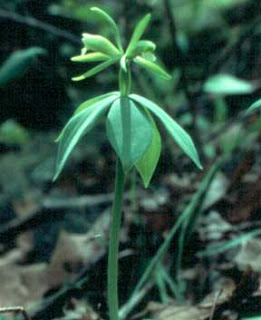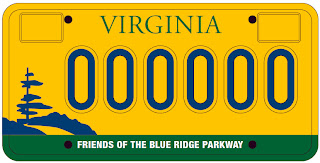
See the post below for Part I of this story -
Before leaving the last fire crew on the line I had enjoyed downing an entire bottle of Gatorade. Twenty miles north up the road my bladder started to ask to be emptied and emphatically, it said, “now.” I had still not seen any indication of a fire and I could not wait any longer, so I pulled into the Slacks Overlook at mile post 20 bailing out of my Chevy Blazer and shuffling quickly to the edge of the empty parking area. As I began to sense relief from the pressure I looked at the slope to my left and found that it was almost entirely in flames creeping slowly toward the top of Tory Ridge. The slope had been hidden from me as I traveled north and I would have driven right past it if I had not stopped to relieve myself. I quickly finished by business and radioed in the location of the fire and asked for assistance. Most fire crews were just going off shift and it was going to be quite some time before anyone could get to this location. I decided that the best help I could be at this point would be to size up the fire and get some idea of its size and direction of movement. This would allow for resources to get right to work when they arrived.
I did not have any fire tools with me since I had given the ones I had to others to replace broken shovels and council tools on other fires. So equipped with my personal protective gear and radio I climbed over the bank and then up the opposite slope through the black burned area toward the flames attempting to identify the head of the fire and what direction it was moving. I was scrambling over rocks and tree roots grabbing onto mountain laurel limbs to keep my balance climbing the steep slope chasing flames with a length of about three feet. My progress was slow so I stepped out of the black burned area and attempted to move around the very slow moving right flank of the fire.
Suddenly and without warning I felt the wind shift from directly up slope to directly toward me. The power of the wind increased changing the head of the fire from somewhere ahead of me to charging right toward my location. The flame lengths jumped through the mountain laurel to eight to ten feet high and I could feel the heat as the wall of fire started to move toward me. I experienced what many firefighters have seen and wondered if this fire was a living thing and it had purposely lured me into its clutches and was now going to devour me.




















